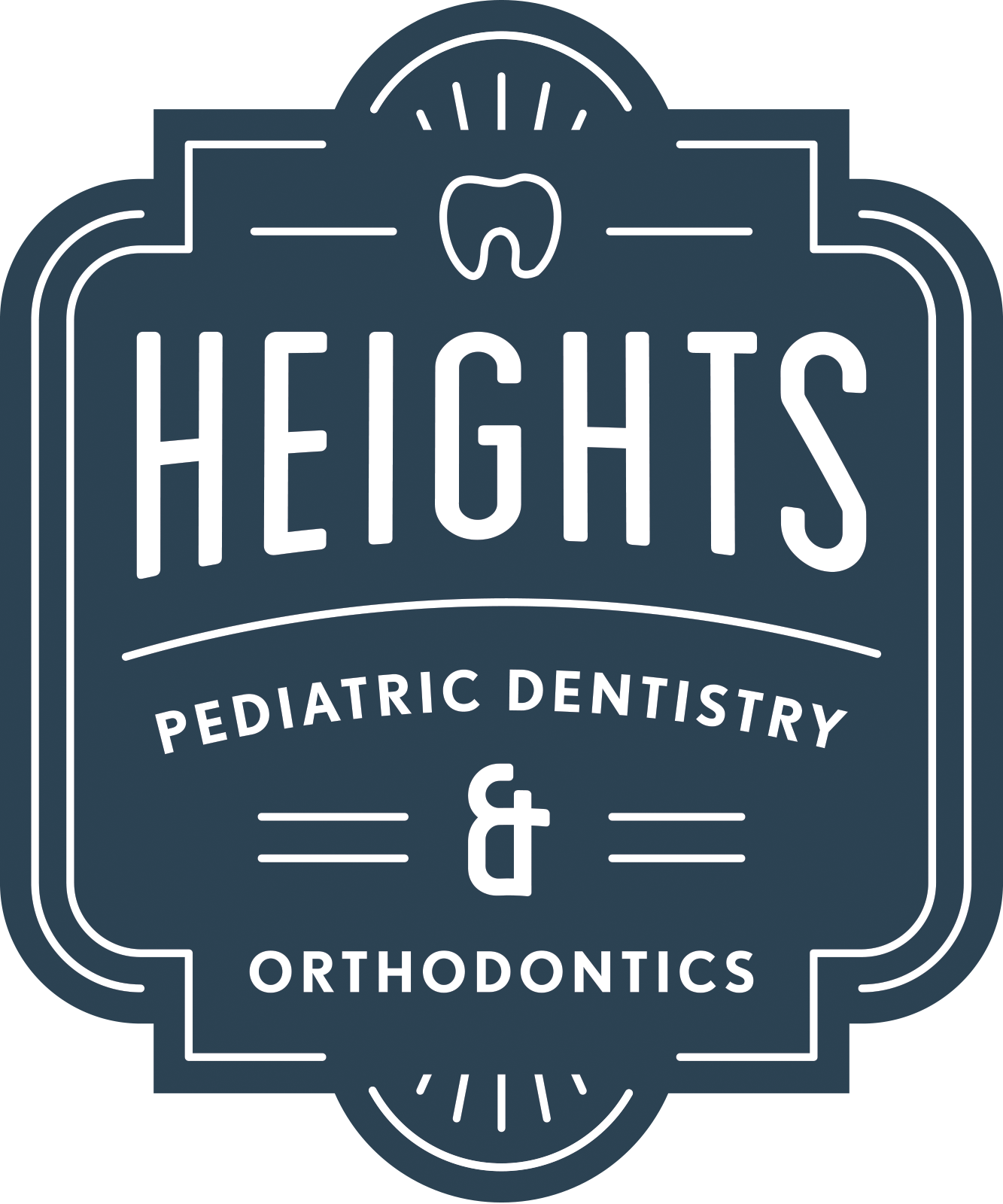What Causes Teeth to Move
/Some would say you should add shifting and crowding teeth to the short list of certainties in life. However, movement of teeth is not unavoidable. So, let’s discuss why teeth move and prove or expel some myths you may have.
What we hear the most often from our patients (and even some dental professionals) is that the wisdom teeth caused the front teeth to shift and crowd. You’ve probably heard this yourself, right? Although wisdom teeth can cause problems with your molars, they aren’t the culprits for your crowded front teeth. We see crowded teeth with or without wisdom teeth present.
As orthodontists, our specialty is aligning crowded teeth into a beautiful smile. Believe me, we look at lots and lots of teeth of all ages every day! Crowding after braces happens for several reasons and ‘Why?’ is the most common question we get. Surprisingly, teeth are designed to slightly move when you bite down due to periodontal ligaments that hold teeth into place being sponges that soften forces applied to teeth. This gives you feedback on the food you eat and acts as tiny shock absorbers to protect your teeth. Therefore, anytime you are not wearing a retainer (which is daytime for most of us) your teeth actually move and shift slightly by design. The good news is that if you are wearing a retainer at night, it will realign your teeth back into their correct positions. This is also why your retainer might feel tight every time you put it on. The downside is that if you do not wear a retainer or night guard each night, your teeth will continue to gradually shift.
Several things make your teeth shift. Pressures from chewing and clinching will gradually shift and deepen your bite. Adding to that, swallowing exerts an inward pressure on your premolars and molars (back teeth) which eventually leads to constriction and a narrower dental arch. Ultimately, a smaller dental arch causes teeth to become crowded because they have less room to fit. For people with sleep apnea, these pressures on teeth are even more magnified.
Teeth constantly shift but the process takes many years for significant changes to happen and be noticed by patients. Starting to wear a retainer at night will stop the process going forward. However, if your teeth are slightly crowded, they are easy to re-align again with limited orthodontic involvement. I like to compare straightening teeth to a home remodel. It is going to take some effort, but the sooner you start, the sooner you get to enjoy your new and improved smile!
From easy touch-up cases to more advanced comprehensive treatments, we are happy to discuss your options for you or your child. We look forward to meeting you soon to review your concerns and make a plan catered to your beautiful new smile.
Dr. Lindhorst, Dr. Darsey, Dr. Theriot and the Heights Pediatric Dentistry and Orthodontics Team
